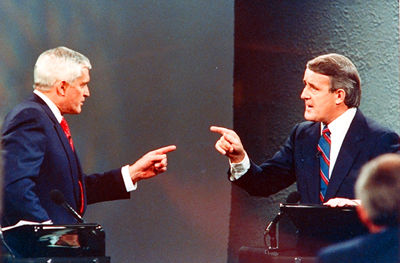Article
Quebec Liberal Party (QLP)
The Liberal Party is both the oldest political party in Quebec and the party that has been in power most often in the province’s history. The party was at the forefront of the Quiet Revolution in the early 1960s. It supports federalism and promotes economic development in the province. The current interim party leader is Marc Tanguay.











